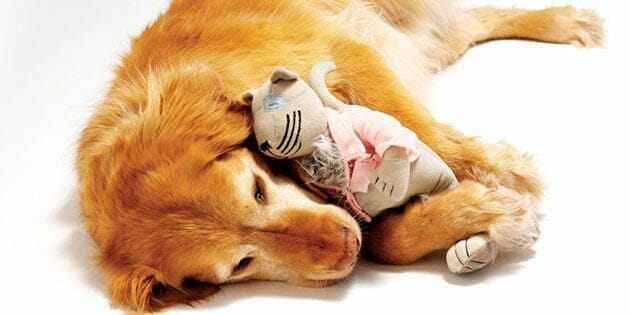The definition of Hospice for people is to provide support and care in the final stages of a terminal disease, so they can live as fully and comfortably as possible.
Animal hospice is simply end-of-life care taken to a higher level.
The true definition of Hospice involves the natural death process – but there are animal hospice providers that understand euthanasia is frequently the best choice for the pet and the family.
Have you taken care of a critically ill pet? Have you supported your pet with medications, nutrition, and lots of tender loving care at the end of their life?
Then you have practiced hospice care for your pet in some form.
Animal Hospice involves educating the family on what is to come, how to manage pain and maintain clean conditions, how to communicate with the veterinarian or the hospice team on a regular basis, how to support the pet and the family members in the preparation of the death, and the actual death.
Why do I think Animal Hospice is important?
There have been times when I truly felt the need to go further in my care of my critically ill or geriatric patients.
I want to prevent suffering, maintain that precious human-animal bond for as long as possible, prepare my pet families for the death of their loved pet, and to give options…
I want my families to go beyond the fear of death and make decisions based on their circumstances, not on what is “expected” by outsiders.
By that I mean, if a natural death can be achieved while maintaining the comfort of the patient, then euthanasia doesn’t always have to be the only choice.
Hospice relies much on what is called Palliative care – this is care that is medical comfort – it is non-curative.
It is most often pain management, infection control, nutritional support and doing our best to improve the last months, weeks, or days of a pet’s life.
Hospice always involves a strong support system for the family before and after the death.
It is healthy for the family to communicate their sadness, guilt, anger or any other emotion before, during and after the death of their pet.
Hospice also helps with how to care for the body once the pet has died.
If you are interested in Hospice care, please contact your veterinarian.
There are some clinics that supply Hospice, but many will refer you to a mobile Hospice unit.
These caring people have a team of Hospice caregivers to support you through the end of life of your pet.

